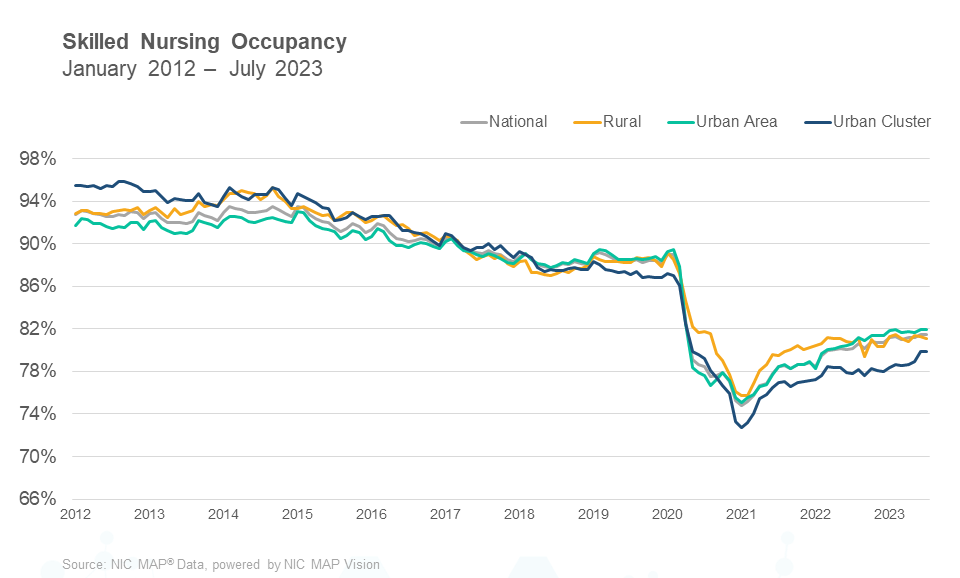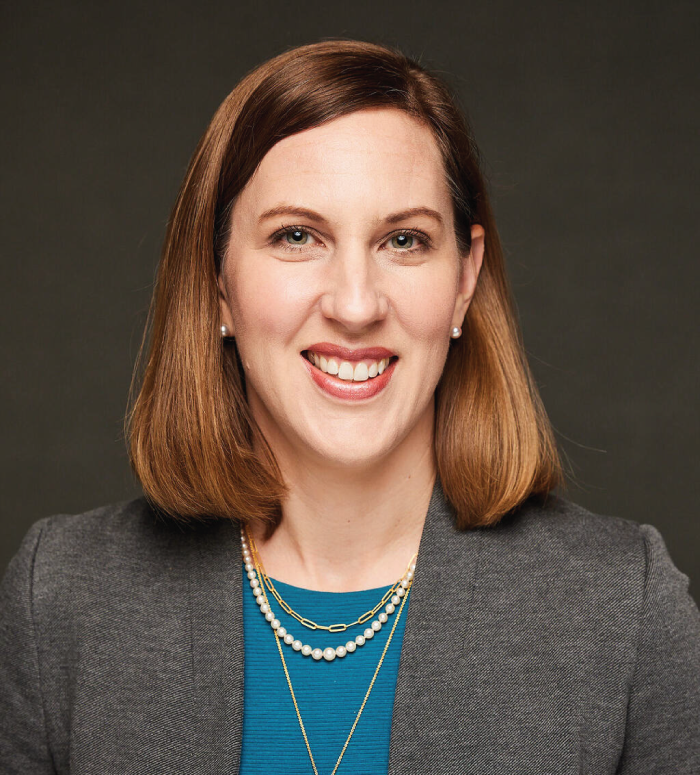What technology is right for your business? How can artificial intelligence improve operations?
Technology is changing the senior living industry. The promise is that innovative solutions will boost operational efficiency and resident satisfaction. The risk is that technology can’t or won’t deliver on that promise because it doesn’t really work or quickly becomes outdated as new solutions emerge.
Two thought leaders will address the promises and risks of new technology at the upcoming 2023 NIC Fall Conference. They will speak during the popular NIC Talks session.
An attendee favorite, NIC Talks will feature four dynamic speakers. Each will give a 12-minute TED-style talk on innovative approaches to senior living. In addition to the topic of technology, attendees will learn about a radical and successful approach to customer service and how to leverage healthcare to improve occupancy and resident satisfaction.
“NIC Talks is designed to challenge the status quo,” said Bob Kramer, NIC Co-Founder/Strategic Advisor and Founder at Nexus Insights. “Attendees will gain new perspectives that can truly jumpstart growth opportunities.”
The 2023 NIC Fall Conference will be held October 23-25 at the Sheraton Grand Hotel in Chicago. NIC Talks will be a featured Main Stage session on Tuesday, October 24. Kramer will curate the session.
The two speakers on technology recently previewed their talks for NIC. Former Apple executive Dhaval Patel will present a framework to help operators decide which technologies to deploy amid a growing and sometimes confusing array of options. Speaker Hahn Brown will detail how the arrival of artificial intelligence will transform the senior living business.
Start with the End User
Necessity was the mother of invention for NIC Talks speaker Patel. The title of his talk is “Smart Technology Isn’t Everything. Believe Me, I’m an Apple Inventor.”
 Despite his work at Apple creating smart technology, Patel had his own ah-ha moment when he couldn’t easily get out of bed to turn off the lights because of a knee injury. That led him to rethink how technology products are designed.
Despite his work at Apple creating smart technology, Patel had his own ah-ha moment when he couldn’t easily get out of bed to turn off the lights because of a knee injury. That led him to rethink how technology products are designed.
Patel is now an advocate for human-centered design. Technology should be designed to be used by everyone no matter their age or abilities. “Start with the end user,” said Patel, founder and CEO of Lotus, a company that has invented user-friendly smart home technology.
The same thinking can be applied by senior living providers overwhelmed with new technology choices. How can they sort through the options to know which technologies are the best choices for their business, and for residents?
Patel suggests that owners and operators first ask themselves what problem they’re trying to solve. What will help residents? “Think intuitively,” he said. A smart investment in technology results in a solution that addresses a problem or pain point.
Attendees will learn what questions to ask to evaluate a new technology. Was it created for people with mobility or cognition issues? Is the technology going to work, and work easily? Will it be adopted by residents and staff?
“Ask how the technology was designed,” said Patel. “That’s how you know what to look for.”
The Promise of AI
 Artificial intelligence will have a profound impact on senior living. Hanh Brown, founder and CEO of ThinkAi6 and the Boomer Living Podcast, will explore the impact of AI on the customer experience, workforce, and sales and marketing. She will also provide key tips for getting started. Her talk is titled, “The Digital Transformation of Senior Living through Generative AI.”
Artificial intelligence will have a profound impact on senior living. Hanh Brown, founder and CEO of ThinkAi6 and the Boomer Living Podcast, will explore the impact of AI on the customer experience, workforce, and sales and marketing. She will also provide key tips for getting started. Her talk is titled, “The Digital Transformation of Senior Living through Generative AI.”
Hahn was a performance manager at General Motors working on Corvettes but her mother’s battle with dementia redefined her understanding of senior living. Now she’s focused on the cutting-edge technology that will change the senior living industry.
In a preview of her talk, Brown highlighted how different stakeholders will benefit from the AI transformation.
For senior living providers, AI can be used to personalize the customer experience by tailoring programming for the individual based on their preferences. Services and care plans can more easily be customized. Personalized programs can help increase customer satisfaction, sales, and brand loyalty. This approach will become more important as baby boomers who value independence and choice enter the senior living market.
Smart tools will help boost staff productivity. For example, AI-powered language engines, such as ChatGPT, can answer resident questions quickly and improve response times.
Employee training is another area where AI will make a big difference. Caregivers can have access to training modules tailored to their needs depending on their understanding of the job. AI generated training can also help set a career path for employees to progress into different or more advanced roles.
For sales and marketing, AI can be used to segment audiences based on their preferences. “We can reach out to prospects with customized messages,” said Brown.
New types of AI-generated content for marketing materials are growing in sophistication. AI-generated art has made huge advances providing images that resonate with potential residents and families.
Brown emphasized that AI output is based on data input. AI algorithms work best with a large volume of data. “The heart of AI is your data,” said Brown. Though the thought of utilizing AI can seem intimidating, she noted that the technology is evolving so rapidly that providers cannot afford to ignore the possibilities. “We have to get on board. This is a great time of innovation,” she said.



 Van Grinsven, renowned for his extensive luxury hotel industry experience, passionately emphasizes the importance of crafting an irresistible value proposition that renders customers indispensable. He articulates his unwavering customer-centric philosophy, by urging businesses to embrace a paradigm-shifting mindset.
Van Grinsven, renowned for his extensive luxury hotel industry experience, passionately emphasizes the importance of crafting an irresistible value proposition that renders customers indispensable. He articulates his unwavering customer-centric philosophy, by urging businesses to embrace a paradigm-shifting mindset.  NIC Talks speaker Pearson has long been puzzled by the divide between healthcare and housing in the senior housing market. She is currently the Executive Director of the Peterson Center on Healthcare. Pearson is already familiar to the NIC audience. She was formerly the Head of Healthcare Strategy at NORC at the University of Chicago, a research organization, and led the seminal NIC study, “The Forgotten Middle.”
NIC Talks speaker Pearson has long been puzzled by the divide between healthcare and housing in the senior housing market. She is currently the Executive Director of the Peterson Center on Healthcare. Pearson is already familiar to the NIC audience. She was formerly the Head of Healthcare Strategy at NORC at the University of Chicago, a research organization, and led the seminal NIC study, “The Forgotten Middle.” 